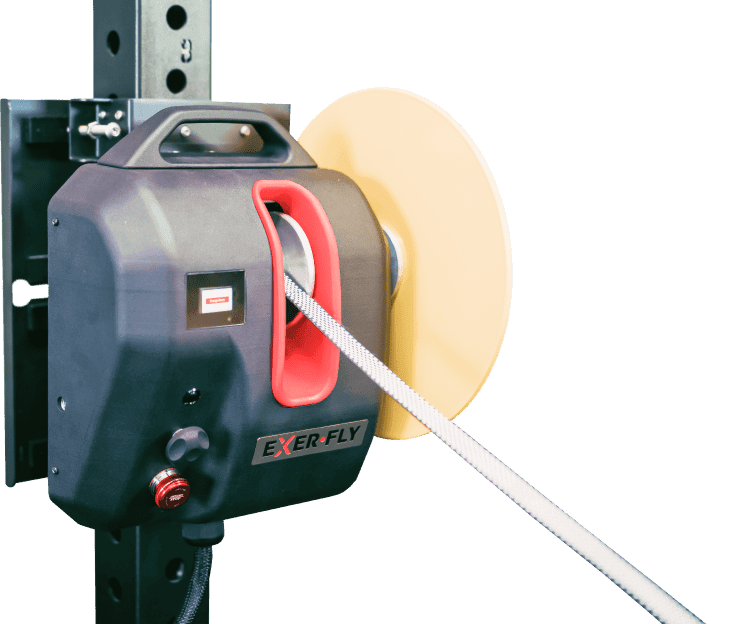
Effects of a 10-Week In-Season Eccentric-Overload Training Program on Muscle-Injury Prevention and Performance in Junior Elite Soccer Players
Introduction
Injuries are a common reason soccer players are unavailable for training and matches, with literature pointing to a rate of 7 to 8 injuries per 1000 hours of practice. Muscle strains make up 37% of injuries and have an 87% chance of occurring in the lower extremity.
Muscle-strength deficiency has been proposed as the leading risk factor for muscle-strain injuries in soccer but strengthening programs based on resistance exercises where gravitational loads provide the stimulus are limited to concentric actions, with lower activation in the eccentric phase.
This study analyzed the effects of an eccentric overload training program on muscle-injury incidences and severity and performance in junior elite soccer players.
What They Did
36 players aged 17 to 19 were divided into two groups:
- Group A had 2 practice sessions with the flywheel devices and exercises. In the first week, they performed a test in which the flywheel devices' inertia during the intervention (first 5 training weeks) was selected. Participants underwent a concentric-eccentric training program 1 or 2 times per week for 10 weeks. The training program consisted of 1-2 sessions per week, of 3-6 sets with 6 repetitions, during 10 weeks.
- Group B continued their usual technical/tactical training, avoiding strength training during the season.
Injury incidence and severity were registered during the whole season, and muscle performance was assessed through a countermovement-jump test and a 20-m sprint test. All tests were administered 1 week before and 1 week after the intervention.
Two isoinertial flywheel training devices were used in the strengthening program to perform a half squat and leg curl. During the concentric phase of the movement, the athlete imparted
rotation to a flywheel using a strap connected to its shaft.
At the end of the range of motion, the strap was completely unwound, and the flywheel kept spinning due to inertia and recoiled the strap, demanding that the athlete decelerate it during the subsequent eccentric action. These devices enabled an eccentric overload by delaying the braking action in the eccentric phase.
What They Found
- Group A was found to have a lower number of days of absence per injury and a possible decrement of incidence per 1000 hours of match play compared to Group B.
- Group A also saw substantial improvements in 20-m sprint time, 10-m flying sprint time, and countermovement jump compared to Group B.
- On the other hand, Group B showed an unclear effect in each variable within-group analysis.
- Results revealed that the incorporation of eccentric strength training of hamstrings during the warm-ups before training sessions significantly reduced the incidence of hamstring strains during training compared with baseline data and other types of intervention.
Practical Application
This study revealed that an eccentric-based program reduced muscle injury incidence and severity and showed improvements in common soccer tasks such as jumping ability and linear-sprinting speed.
If you are a coach or an athlete, consider incorporating a focused strength training program on whichever muscle group you wish to target and map it out over the course of several weeks so that you can track your progress safely and accurately. If you want to follow the training program of the study:
- In a leg-curl exercise, perform a bilateral knee flexion in a prone position by accelerating and decelerating your flywheel through the concentric and eccentric action of the hamstrings muscle group.
- Apply the maximum effort from the knee-extension position (0°) to a 130° to 140° flexion and then resist the movement during the eccentric phase when the 90° position is reached.
- In a half-squat exercise, bend your knees to 90° during the eccentric phase and perform the concentric phase as fast as possible.
Perform both exercises in 1 session during the first 2 weeks and 2 sessions per week during the other 8 weeks. The volume was increased as follows:

Book a free consultation with our team to discuss your personal situation and desired outcomes with your fitness, and we guarantee we'll find you a perfect match with our equipment.






